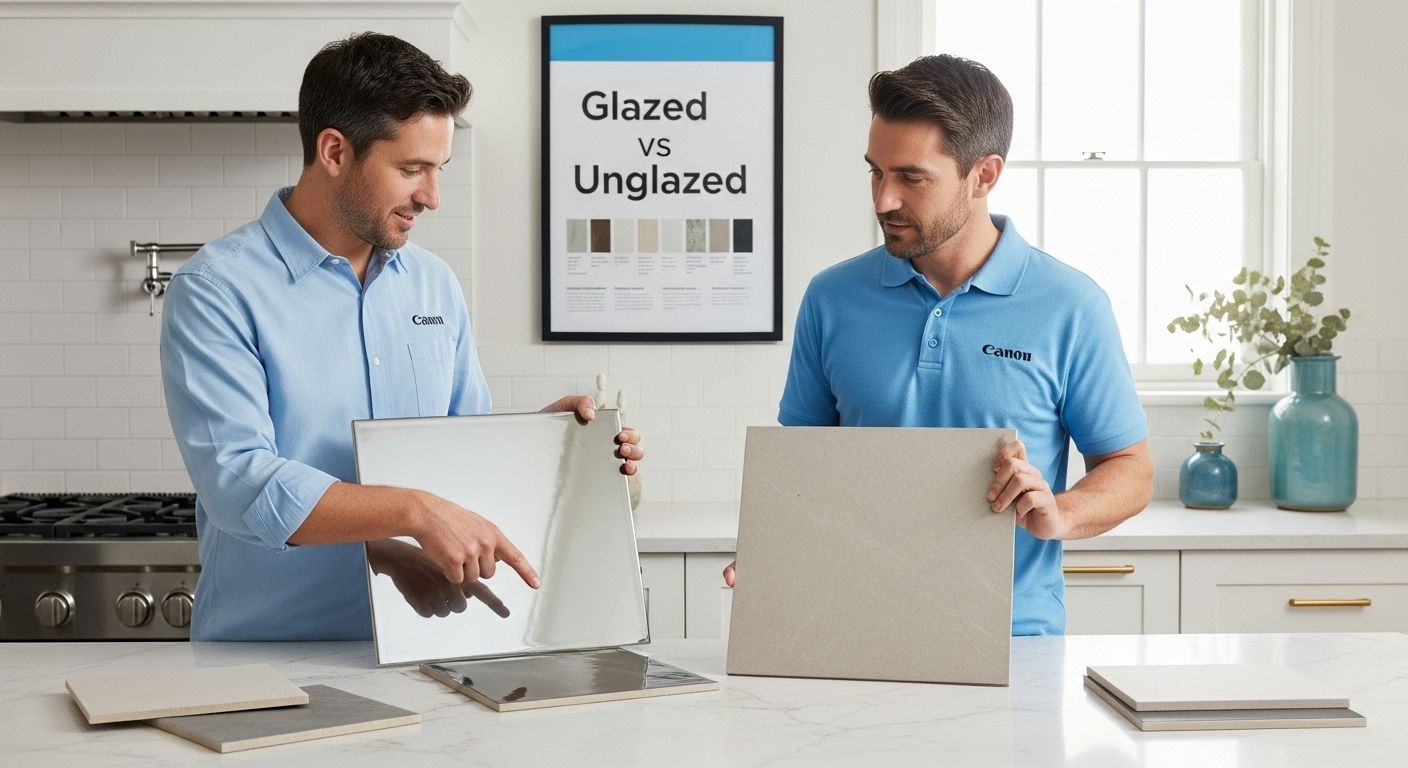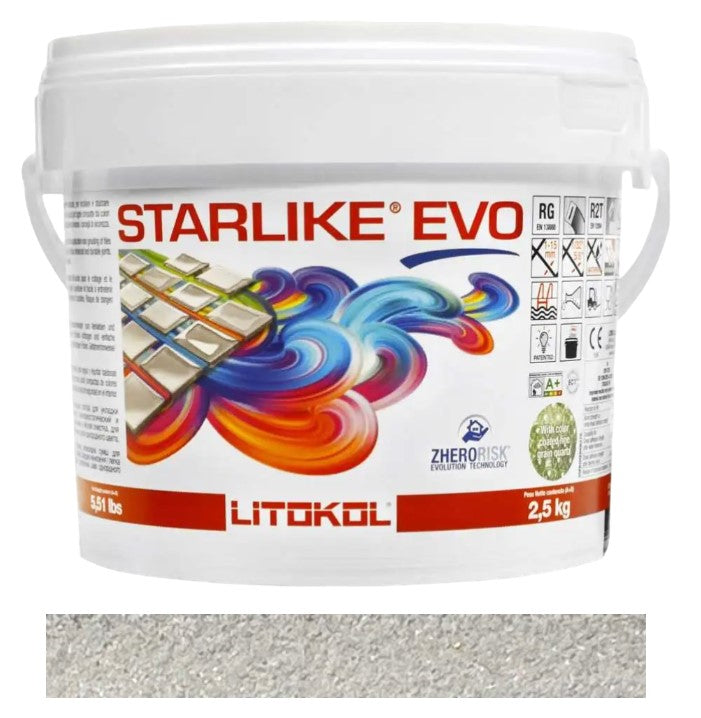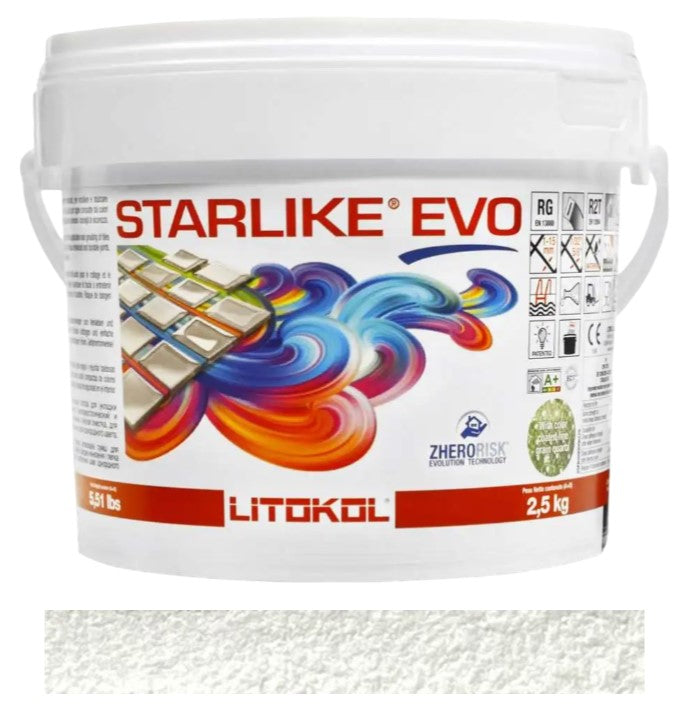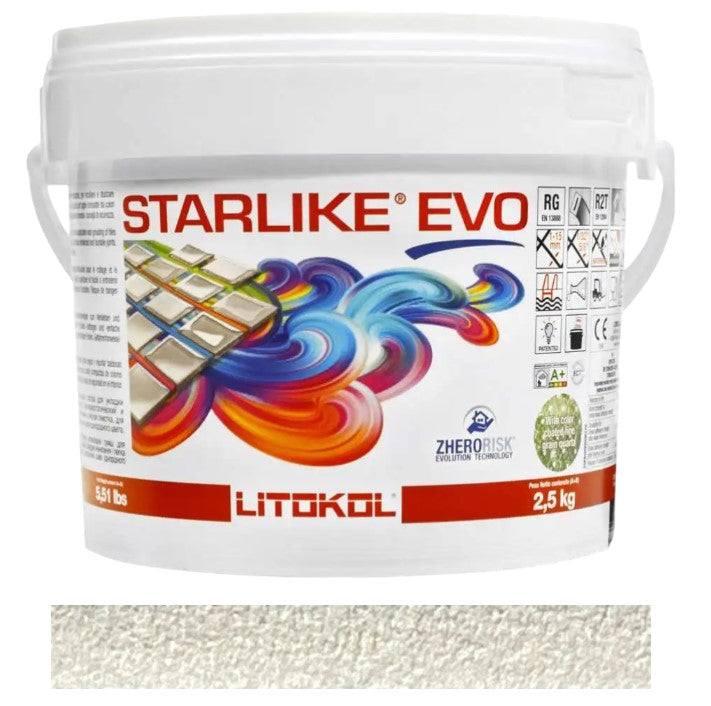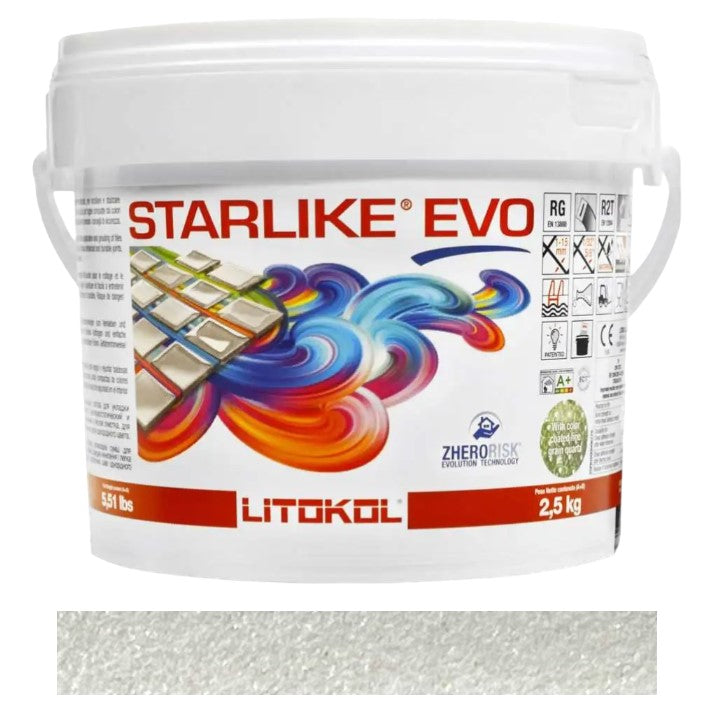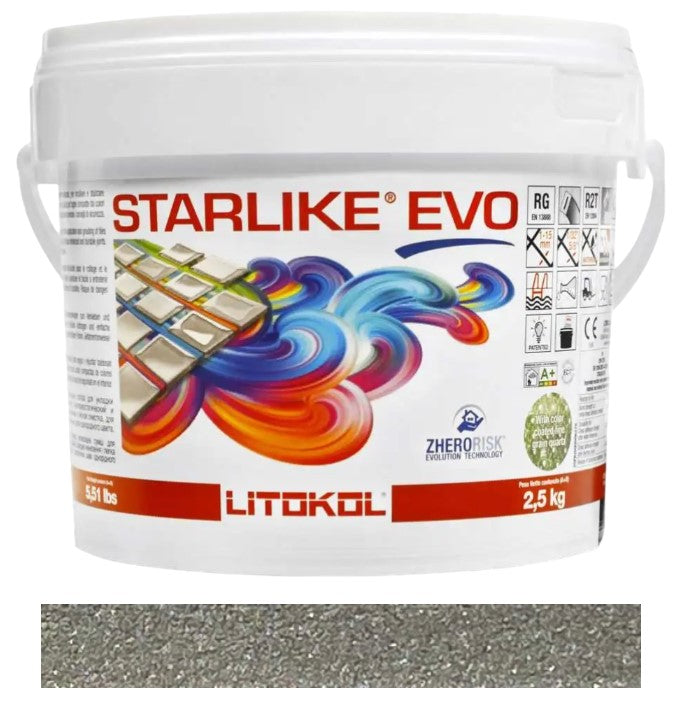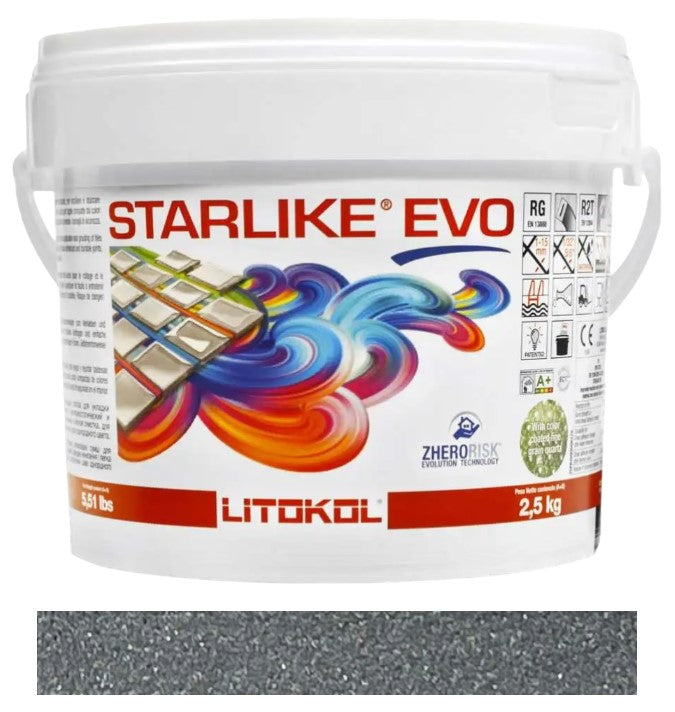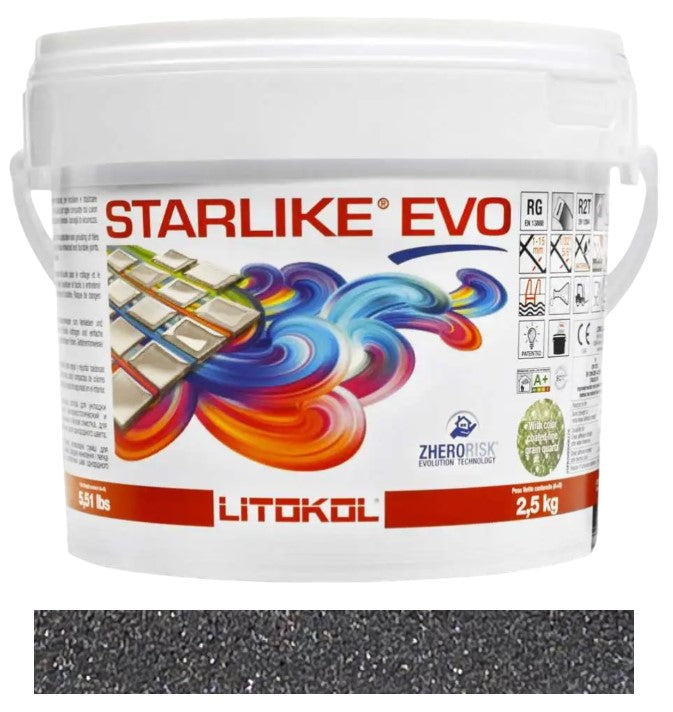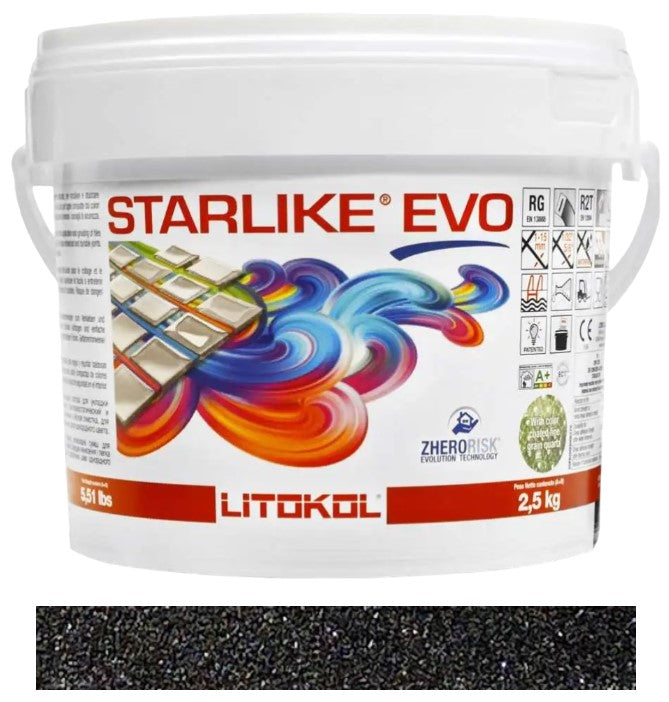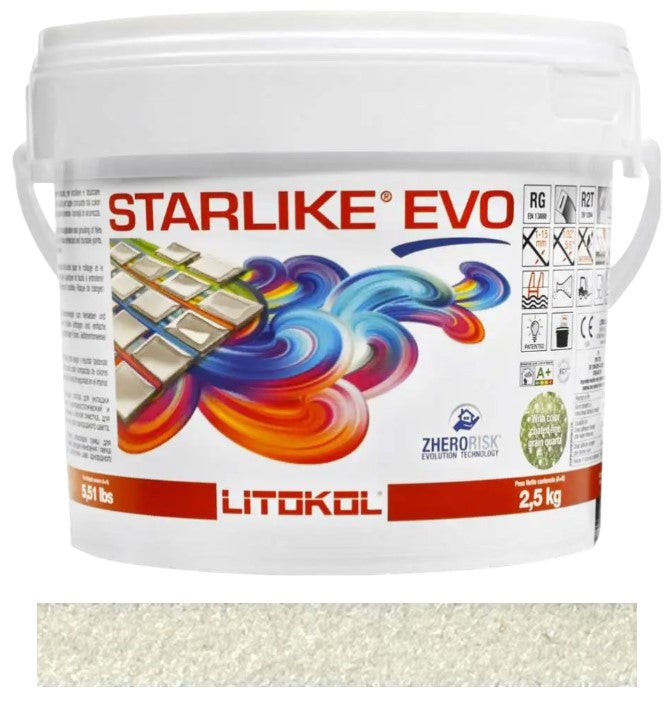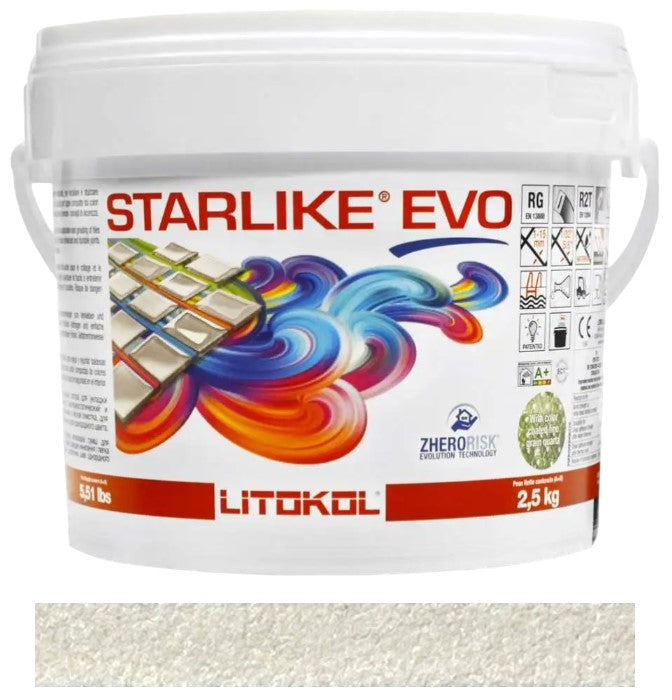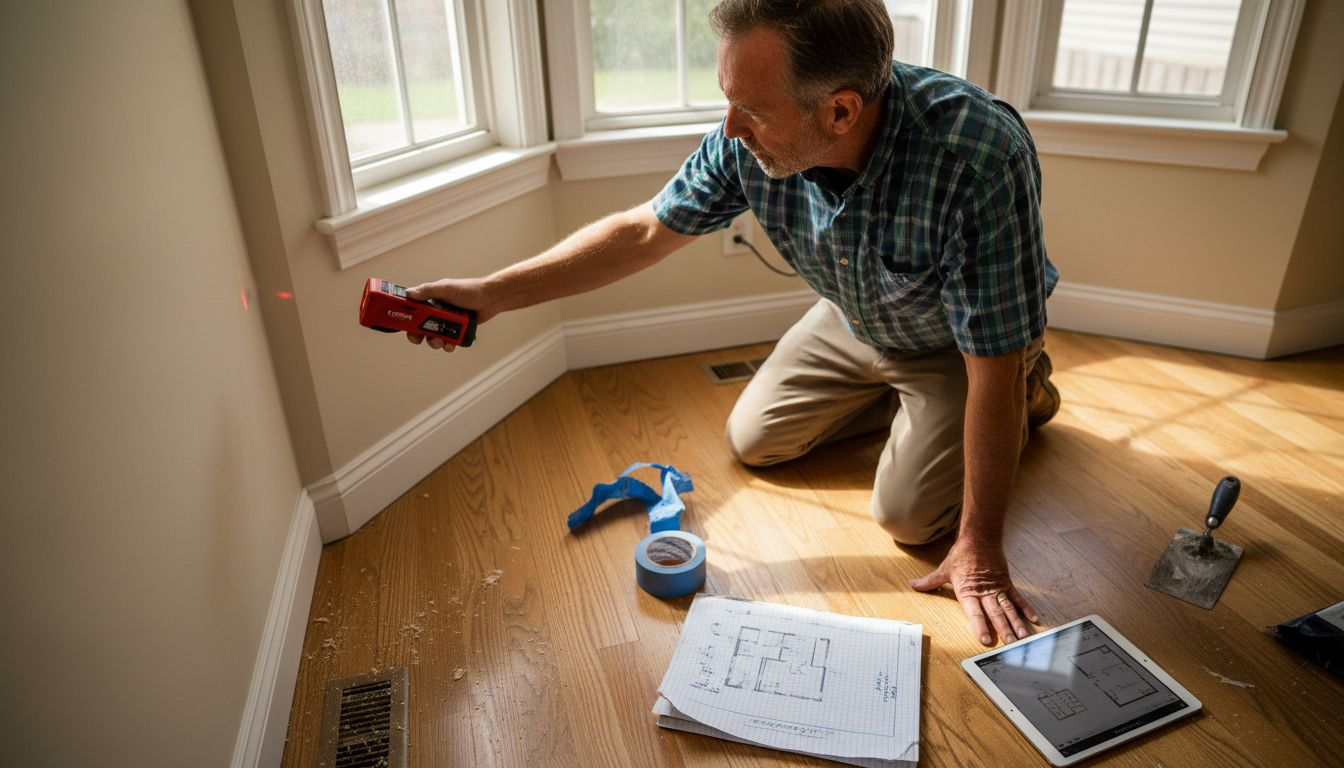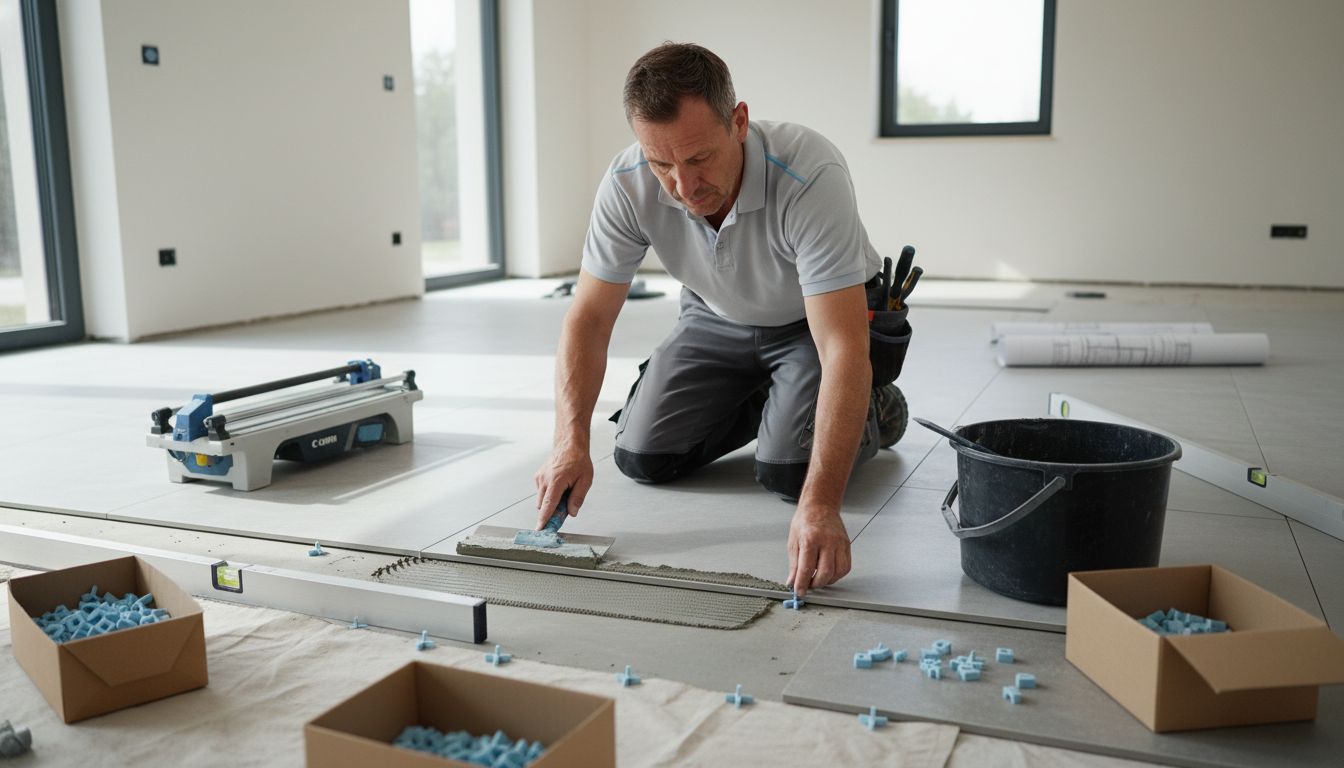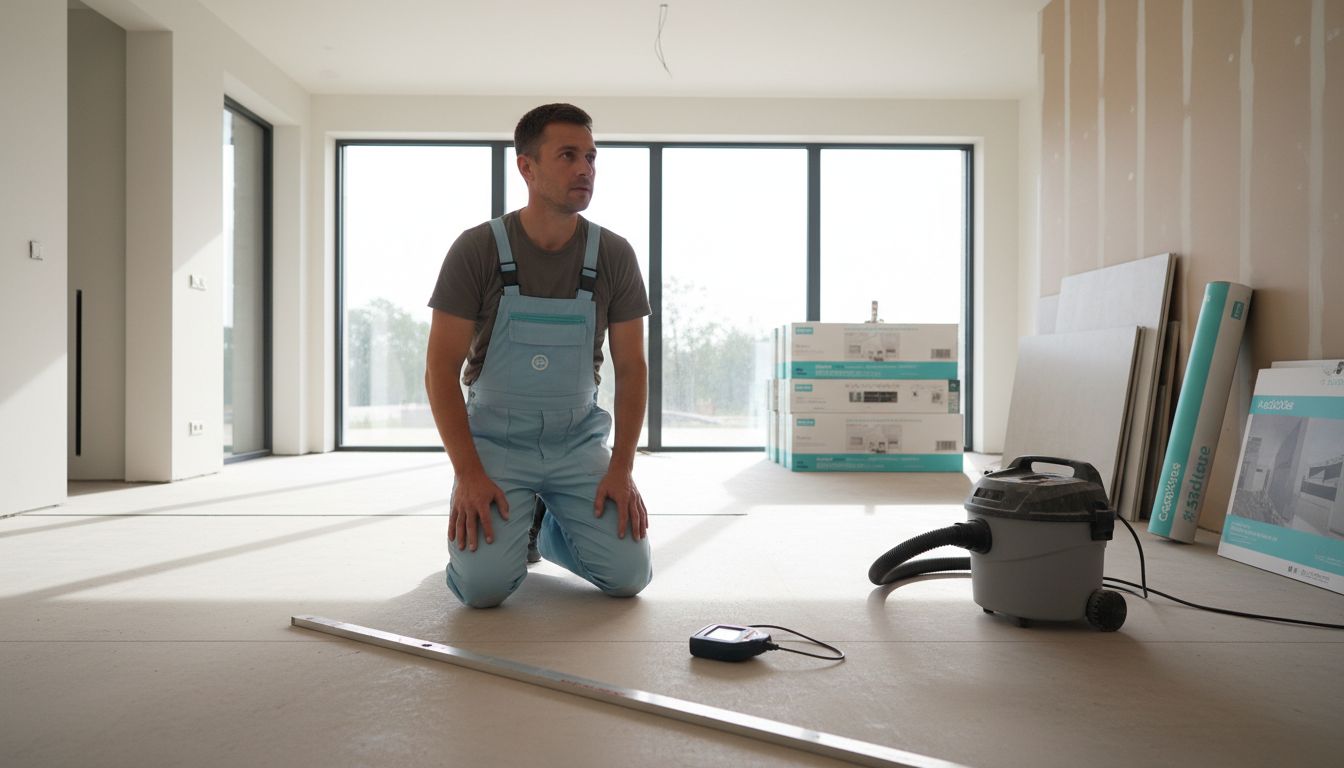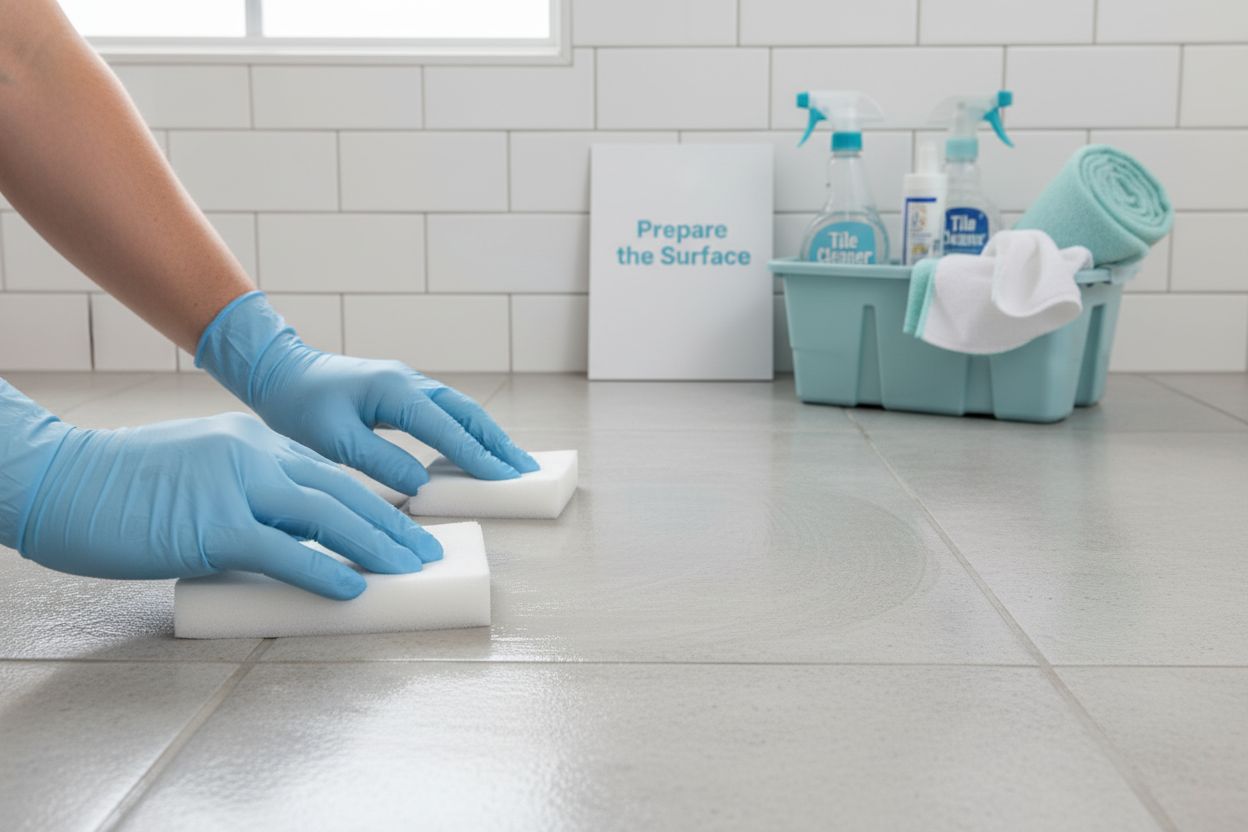Choosing the right tile can make or break a renovation. Some homeowners are shocked to learn that glazed tiles can resist stains and moisture far better than unglazed options, which are favored for their rugged slip resistance. Most people assume looks and durability are obvious at a glance but the real distinction comes from a hidden production step that changes everything about how these tiles work in your home.
Table of Contents
- What Are Glazed And Unglazed Tiles?
- How Glazed And Unglazed Tiles Are Made
- Key Features: Comparing Glazed And Unglazed Tiles
- Practical Applications And Considerations For Both Tile Types
Quick Summary
| Takeaway | Explanation |
|---|---|
| Understand tile types for better selection | Knowing the differences between glazed and unglazed tiles aids in selecting the right type for your project. |
| Consider moisture resistance and slip resistance | Glazed tiles are better for moisture protection, while unglazed tiles excel in slip resistance for safety. |
| Assess your environment before choosing | Evaluate indoor or outdoor usage to determine the most suitable tile type based on durability and function. |
| Simpler maintenance with glazed tiles | Glazed tiles require less maintenance and cleaning, making them ideal for busy spaces needing easy upkeep. |
| Compare costs for long-term investment | Weigh initial costs against long-term maintenance to choose tiles that offer the best value for your specific needs. |
What Are Glazed and Unglazed Tiles?
Tiles represent a foundational element in architectural design and home renovation, with glazed and unglazed varieties offering distinct characteristics that significantly impact their performance and aesthetic appeal. Understanding the fundamental differences between these tile types helps homeowners and designers make informed choices for their specific project requirements.
Ceramic Tile Manufacturing Process
At their core, both glazed and unglazed tiles originate from similar manufacturing processes involving clay, minerals, and precise firing techniques. According to research from the International Journal of Advanced Manufacturing Technologies, the primary distinction emerges during the final stages of production.
Unglazed Tiles
Unglazed tiles represent the most basic form of ceramic tile, characterized by their natural, raw appearance and minimal surface treatment. These tiles are crafted from dense clay materials and fired at extremely high temperatures, resulting in a solid, uniform composition throughout the entire tile body. Key attributes of unglazed tiles include:
- Natural texture that provides excellent slip resistance
- Higher durability due to consistent material composition
- Organic, earthy aesthetic that complements rustic design schemes
Glazed Tiles
Glazed tiles undergo an additional manufacturing step where a liquid glass layer is applied to the tile surface before a second firing process. This glazing technique transforms the tile’s appearance and functional properties. The glaze can be colored, patterned, or textured, offering remarkable design flexibility.
Learn more about tile design variations in our comprehensive guide to tile surface finishes.
While unglazed tiles maintain their original clay color and texture, glazed tiles can simulate an incredibly wide range of materials wood, marble, concrete and create stunning visual effects that dramatically enhance interior spaces. The glazing process not only provides aesthetic versatility but also adds a protective layer that increases the tile’s resistance to stains, moisture, and wear.
Why the Choice Between Glazed and Unglazed Tiles Matters
Selecting the right tile type is more than an aesthetic decision it represents a critical choice impacting durability, maintenance, functionality, and long-term performance across residential and commercial spaces. Understanding the nuanced differences between glazed and unglazed tiles helps professionals and homeowners make strategic selections aligned with specific environmental and usage requirements.
Performance and Durability Considerations
The selection between glazed and unglazed tiles directly influences a surface’s resilience and maintenance profile. According to the U.S. National Park Service Technical Preservation Brief, tile selection significantly impacts long-term structural integrity and aesthetic preservation.
Functional Performance Factors
Key performance considerations vary dramatically between glazed and unglazed tile variants:
- Moisture Resistance: Glazed tiles offer superior water and stain protection
- Slip Resistance: Unglazed tiles provide better traction in high-traffic areas
- Maintenance Requirements: Glazed surfaces are easier to clean and maintain
Design and Application Implications
Beyond technical specifications, tile selection profoundly influences design aesthetics and functional utility. Explore our comprehensive guide to tile surface finishes to understand how different tile treatments impact visual perception and spatial design.
Glazing transforms basic ceramic into a versatile design medium, enabling architects and designers to simulate various textures wood, stone, concrete while unglazed tiles preserve a more organic, authentic material appearance. This design flexibility allows for precise aesthetic alignment with specific architectural styles traditional, modern, industrial or functional requirements.
Environmental and Practical Considerations
The choice between glazed and unglazed tiles extends beyond immediate visual appeal. Factors like climate exposure, traffic intensity, and maintenance capacity play crucial roles. Unglazed tiles excel in outdoor environments and areas requiring robust, slip-resistant surfaces, while glazed tiles shine in interior spaces demanding easy cleaning and diverse design expressions.
Ultimately, understanding these nuanced differences empowers designers and homeowners to make informed decisions that balance aesthetic preferences with practical performance requirements.
Below is a comparison table outlining the key differences between glazed and unglazed tiles to help clarify their strengths and ideal uses.
| Feature | Glazed Tiles | Unglazed Tiles |
|---|---|---|
| Surface Finish | Glassy coating, smooth or textured options | Natural, matte, often rougher texture |
| Appearance | Wide color/pattern range, can mimic other materials | Earthy, uniform color, natural clay look |
| Moisture & Stain Resistance | High—protected by glaze layer | Lower—more porous, needs sealing |
| Slip Resistance | Moderate/slippery, varies by glaze | Excellent, ideal for areas needing traction |
| Maintenance | Easy to clean, less frequent sealing needed | Requires more maintenance, periodic sealing |
| Durability | Good, but glaze can chip in heavy use | Very high—wear is consistent throughout tile |
| Best Applications | Indoor walls, kitchens, decorative uses | Outdoor patios, high-traffic and wet areas |
How Glazed and Unglazed Tiles Are Made
The manufacturing process for ceramic tiles represents a sophisticated blend of geological science, thermal engineering, and artistic craftsmanship. Understanding the intricate steps involved in creating glazed and unglazed tiles reveals the complexity behind these seemingly simple surface materials.
Raw Material Selection and Preparation
The foundation of tile production begins with meticulous raw material selection. According to research from the International Journal of Advanced Manufacturing Technologies, the process involves precise material composition and preparation techniques.
Clay and Mineral Composition
Tile manufacturers carefully select and blend various clay types and mineral additives to achieve specific performance characteristics:
- Primary Clay Components: Kaolin, ball clay, and fire clay
- Mineral Additives: Feldspar, silica, and quartz
- Performance Enhancers: Materials that improve durability and thermal resistance
Manufacturing Process Stages
The production of tiles follows a systematic approach that differentiates between glazed and unglazed variants. Explore our detailed guide on tile manufacturing techniques to gain deeper insights into this intricate process.
Production Techniques
Unglazed tiles undergo a straightforward manufacturing process:
- Raw materials are mixed and ground into a fine powder
- The powder is pressed into tile shapes using hydraulic presses
- Tiles are dried and then fired at extremely high temperatures (around 2200°F)
Glazed tiles require an additional step after the initial firing. A liquid glass mixture is applied to the tile surface, which is then fired again at high temperatures. This second firing melts the glaze, creating a smooth, protective layer that can incorporate various colors and textures.
Quality Control and Finishing
Modern tile production involves rigorous quality control measures. Manufacturers inspect tiles for dimensional accuracy, surface uniformity, and structural integrity. Advanced technologies like laser scanning and computerized measurement systems ensure each tile meets strict industry standards.
The nuanced manufacturing process transforms raw materials into sophisticated surface solutions that balance aesthetic appeal with functional performance.
The following table summarizes the main stages of ceramic tile manufacturing and shows how the processes for glazed and unglazed tiles diverge.
| Stage | Glazed Tiles | Unglazed Tiles |
|---|---|---|
| Raw Material Prep | Clay and minerals blended | Clay and minerals blended |
| Shaping/Pressing | Pressed into tile forms | Pressed into tile forms |
| Initial Firing | Fired at high temperatures | Fired at high temperatures |
| Glaze Application | Glassy glaze added to surface | None |
| Second Firing | Fired again to fuse glaze | Not required |
| Surface/Finish | Smooth, colored/design surface | Natural, consistent all the way through |
| Maintenance Needs | Lower (easy-clean surface) | Higher (periodic sealing advised) |
Key Features: Comparing Glazed and Unglazed Tiles
The fundamental differences between glazed and unglazed tiles extend far beyond their visual appearance, encompassing critical performance characteristics that impact durability, maintenance, and functional utility across various architectural applications.
Performance and Structural Characteristics
Both tile types offer unique advantages, with their distinct manufacturing processes contributing to divergent performance profiles. According to research from the National Center for Biotechnology Information, tile selection significantly influences surface functionality and long-term performance.
Durability and Wear Resistance
Key comparative characteristics highlight the strengths of each tile variant:

-
Unglazed Tiles
- More uniform material composition
- Higher structural integrity throughout tile body
- Better resistance to heavy traffic and mechanical stress
-
Glazed Tiles
- Protective surface layer
- Enhanced stain and moisture resistance
- Greater design versatility
Surface Properties and Maintenance
Explore our comprehensive guide to tile surface characteristics to understand the nuanced differences between glazed and unglazed surfaces.
Porosity and Cleaning Requirements
Unglazed tiles possess a more porous surface, requiring periodic sealing to prevent staining and moisture absorption. Glazed tiles, with their smooth glass-like coating, offer easier cleaning and superior resistance to liquid penetration. This fundamental difference impacts maintenance strategies and long-term performance across residential and commercial environments.
Application-Specific Considerations
The selection between glazed and unglazed tiles depends on specific environmental conditions and functional requirements. Unglazed tiles excel in outdoor settings and high-traffic areas requiring robust slip resistance, while glazed tiles shine in interior spaces demanding aesthetic flexibility and simplified maintenance.
Ultimately, understanding these nuanced differences empowers designers and homeowners to make informed tile selections that balance aesthetic preferences with practical performance requirements.

Practical Applications and Considerations for Both Tile Types
Choosing between glazed and unglazed tiles involves careful evaluation of specific environmental conditions, aesthetic preferences, and functional requirements. Each tile type brings unique characteristics that make them suitable for different spaces and design objectives.
Environmental and Spatial Considerations
The selection of tiles extends beyond mere visual appeal, requiring strategic assessment of performance in various settings. According to research from the National Center for Biotechnology Information, tile selection profoundly impacts surface functionality and safety.
Indoor vs Outdoor Applications
Different environments demand specific tile characteristics:
-
Unglazed Tiles Recommended For
- Outdoor patios and terraces
- High traffic commercial spaces
- Areas requiring maximum slip resistance
- Environments with heavy mechanical stress
-
Glazed Tiles Recommended For
- Interior bathroom and kitchen walls
- Low traffic residential spaces
- Areas requiring easy cleaning
- Decorative architectural elements
Maintenance and Long-Term Performance
Discover our comprehensive guide to tile selection strategies to make informed decisions about tile applications.
Cleaning and Preservation Strategies
Maintenance requirements vary significantly between glazed and unglazed tiles. Unglazed tiles require periodic sealing to prevent staining and moisture absorption, while glazed tiles offer easier cleaning and superior resistance to liquid penetration. This fundamental difference impacts long-term maintenance costs and aesthetic preservation.
Budget and Investment Considerations
Initial installation costs and long-term maintenance expenses differ between glazed and unglazed tiles. Unglazed tiles typically offer more durability and lower lifetime maintenance costs, particularly in high-stress environments. Glazed tiles, while potentially more expensive initially, provide greater design flexibility and easier maintenance in controlled indoor settings.
Ultimately, successful tile selection requires balancing aesthetic preferences, functional requirements, and budget constraints to achieve optimal performance and visual appeal.
Ready to Choose the Perfect Tile? Let TileChoices.com Make It Easy
Finding the right balance between glazed and unglazed tiles can feel overwhelming. You want peace of mind about moisture resistance, durability, or slip protection, but choosing without expert help can lead to costly mistakes. Our article explained the difference between glazed and unglazed surfaces, but with so many available options, you might still feel stuck or uncertain about which tile is truly right for your space.

At TileChoices.com, you do not just get tiles. You get a handpicked selection paired with practical advice, sample requests, and materials built for real life. Browse our site’s design blog for more insight and inspiration, or head directly to our floor tile guide to see your options side by side. Make your choice with confidence today and experience how easy it is to find durable, stylish surfaces that meet your project’s unique needs.
Frequently Asked Questions
What are the main differences between glazed and unglazed tiles?
Glazed tiles have a liquid glass layer applied to their surface, providing aesthetic versatility and enhanced moisture resistance. Unglazed tiles are more natural and porous, offering better slip resistance and a raw appearance.
Which type of tile is better for outdoor use?
Unglazed tiles are generally better for outdoor applications due to their superior slip resistance and durability in high-traffic areas, making them ideal for patios and terraces.
How do I maintain glazed and unglazed tiles?
Glazed tiles require less maintenance and are easier to clean, while unglazed tiles may need periodic sealing to prevent staining and moisture absorption due to their porous nature.
Can glazed tiles simulate other materials?
Yes, glazed tiles can be designed to mimic a variety of materials, such as wood, marble, or concrete, providing flexibility in design and aesthetics.

